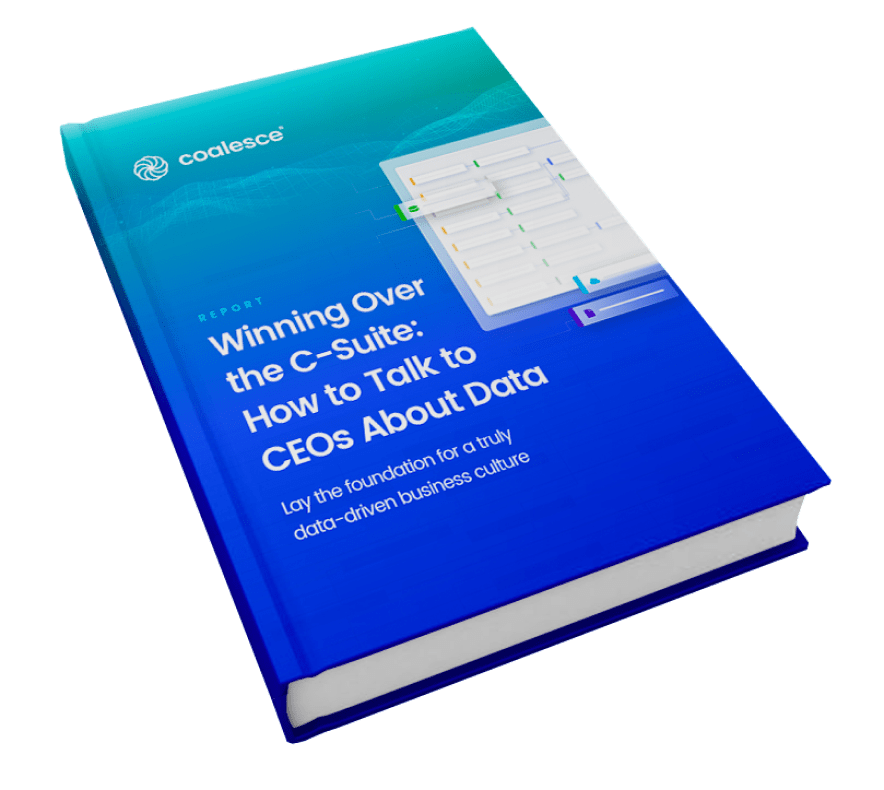Lay the foundation for a data‑driven business culture
Data teams are not only responsible for what has quickly become one of the most valuable assets for the business – data – they must help the organization understand its value and the investment required to leverage it effectively.
That requires buy-in from the very top.
Getting the C-Suite to understand and support a data program isn’t easy, but with the right strategies to build strong relationships based on open communication, IT can win over the C-suite–and the trust of the entire organization.
Inside:
- How we got here
- Become a data storyteller
- Focus on growth
- Quick wins for big impact
- Keep the conversation going
- Start today

“The data program can’t be tactical, it has to be strategic. And strategic no longer means ‘slow.’ New software, automations, and approaches to data management are changing how enterprises source, treat, and apply their data, mitigating the tension between IT and business and creating new pathways for collaboration.”

of business leaders say their company is striving to create a data culture, but just 34% are now partially or purely data-driven in their decision-making.

“You can only spend so much time in the planning phase for transformation of a data program. You have to get in there, get the quick wins, find out what works and what doesn’t for your culture, and then grow from there, refining and executing again.”

of executives say actions are driven by data analysis.

“The modern data person has to be more human-centric than in the past — that means becoming a storyteller.”

of leaders cite cultural factors — people or processes — as the primary barriers to creating data-driven enterprises.

“We have to stop thinking of data as a dashboard and instead think of it as a process. And we must give everyone visibility and the ability to meaningfully participate in the process.”

